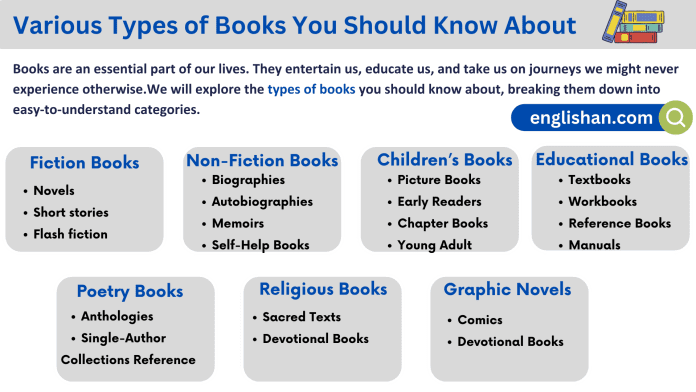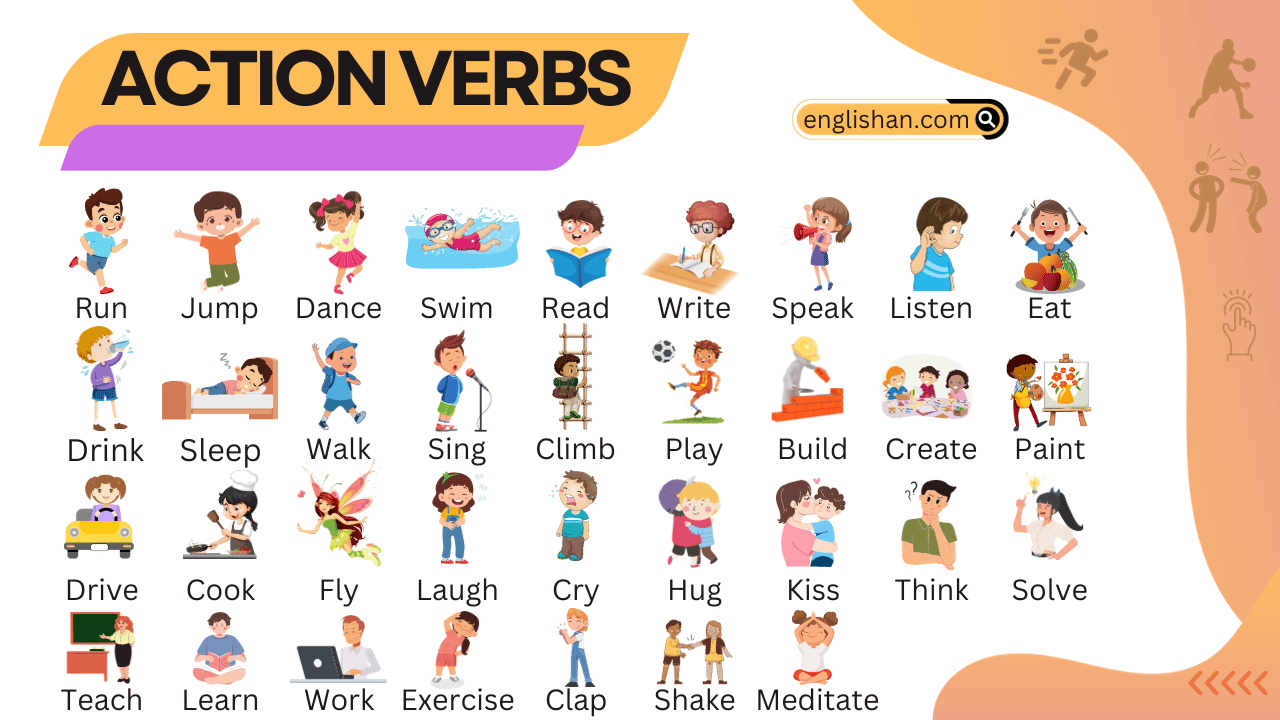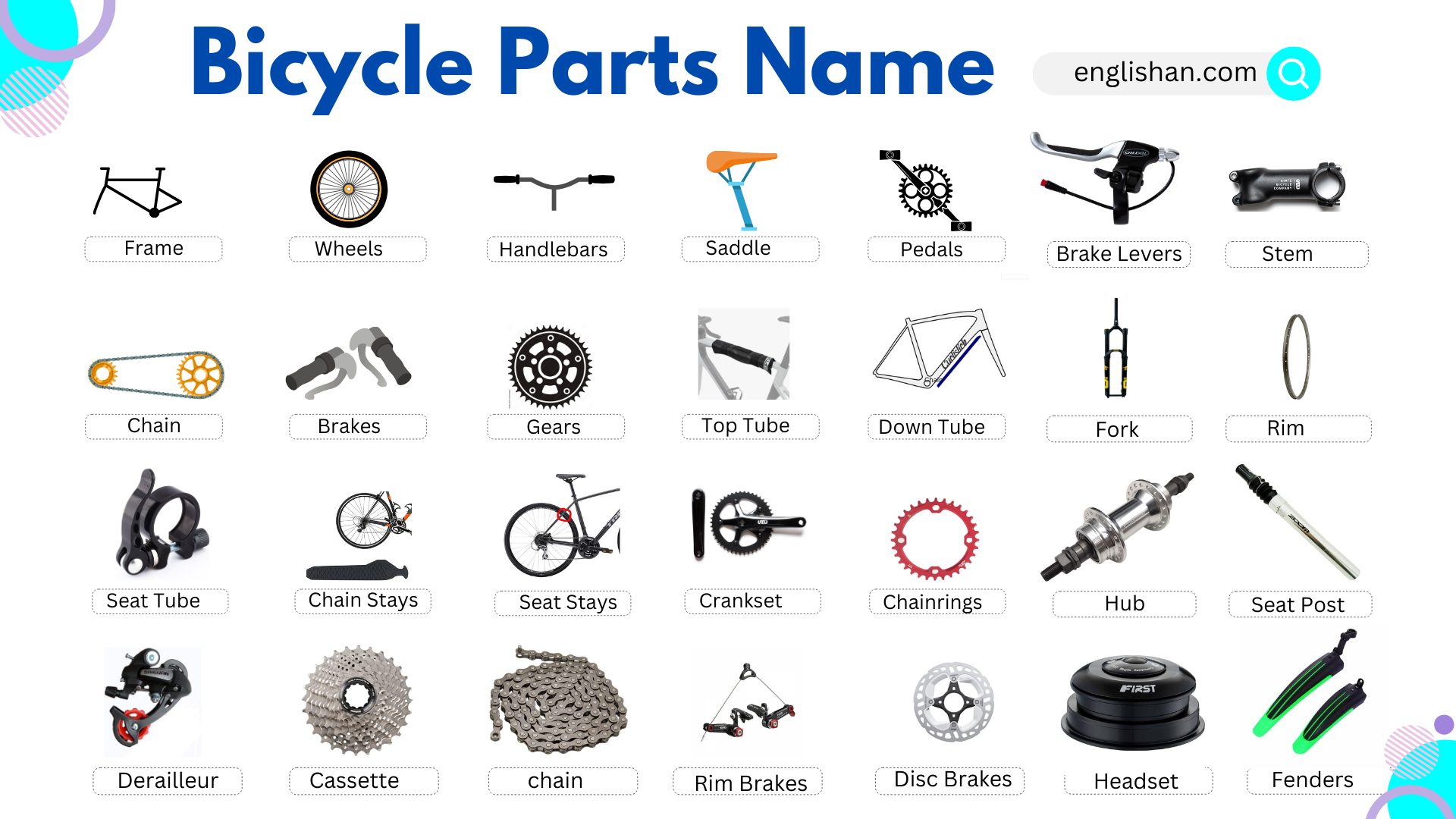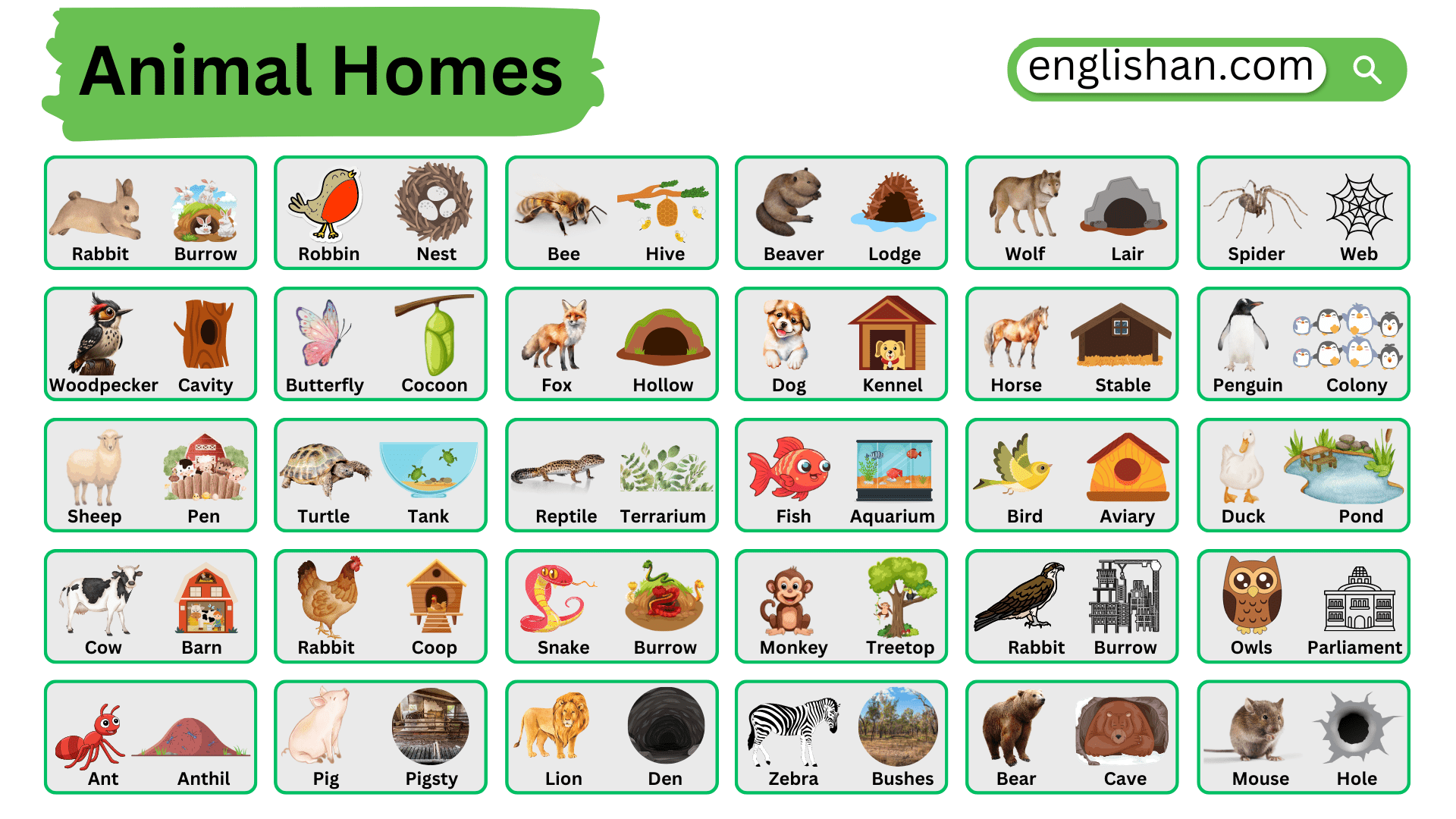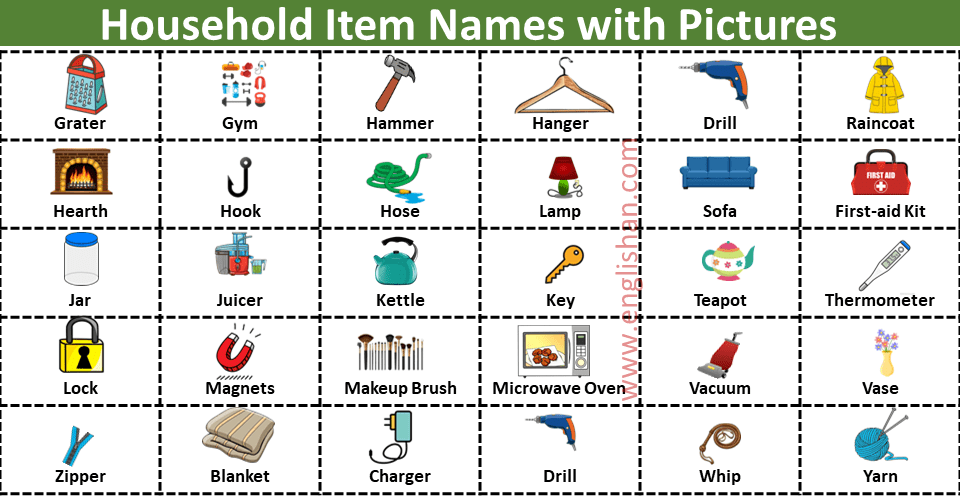Contents
In this blog post, you’ll learn about the various types of books you should know about in English. Books come in different genres and formats, each with its unique characteristics and purpose. Knowing the names of different types of books will help you expand your vocabulary and engage in conversations about literature more confidently. By the end of this post, you’ll understand the key types of books and how to describe them in English.
Want to learn more vocabulary on different topics? Check out our Vocabulary Category for more!
Fiction Books
Fiction books are created from the imagination. They are stories that are not based on real events but can feel very real to the reader. Fiction is one of the most popular categories of books, with countless sub-genres that cater to different interests.
- Novels: Novels are long, written stories, usually featuring complex plots and characters. They are divided into many genres, such as mystery, romance, science fiction, fantasy, and historical fiction. Each genre has its unique style and audience.
- Short Stories: Short stories are brief works of fiction, typically focusing on a single event or character. They are concise and often leave a strong impact on the reader due to their brevity.
- Flash Fiction: Flash fiction is even shorter than short stories, often just a few hundred words long. Despite their length, they pack a powerful punch and are popular for quick reads.
Non-Fiction Types of Books
Non-fiction books are based on real events, people, and facts. They aim to inform, educate, or explain something to the reader. Non-fiction is just as diverse as fiction, with many different types to explore.
- Biographies: A biography is a detailed account of someone’s life. It tells the story of a real person, often focusing on their experiences, challenges, and achievements.
- Autobiographies: Similar to biographies, autobiographies are written by the person themselves. They give a first-person account of their life, providing unique insights into their thoughts and feelings.
- Memoirs: Memoirs are a type of autobiography that focuses on specific moments or periods in a person’s life, rather than their entire life story.
- Self-Help Books: These books are designed to help readers improve some aspect of their lives. Topics range from mental health and relationships to career advice and personal development.
- Cookbooks: Cookbooks provide recipes and cooking techniques. They cater to all levels of culinary skills, from beginners to professional chefs.
- History Books: History books explore past events and figures. They can cover a broad range of topics, from ancient civilizations to modern history.
- Travel Books: Travel books provide information about different places around the world. They often include cultural insights, tips for travelers, and stunning photographs.
- Science Books: Science books cover various scientific topics, making complex concepts understandable to readers of all levels. They range from books on physics and chemistry to popular science books that explore the wonders of the universe.
Types of Children’s Books
Children’s books are written for young readers. They are designed to be engaging and educational, often featuring illustrations and simple language.
- Picture Books: Picture books are aimed at very young children. They combine illustrations with simple text to tell a story. The pictures are as important as the words in conveying the message.
- Early Readers: Early readers are for children who are just starting to read on their own. They feature simple sentences and easy vocabulary, helping children build their reading skills.
- Chapter Books: Chapter books are for children who are ready for longer stories. They have more complex plots and characters, divided into short chapters to make reading manageable.
- Young Adult (YA) Books: YA books are written for teenagers. They often deal with themes relevant to young adults, such as identity, relationships, and personal challenges. The stories are more complex and may include more mature content compared to books for younger children.
Educational Books
Educational books are designed to teach. They are used in schools, colleges, and universities, but they are also popular for personal learning.
- Textbooks: Textbooks are the cornerstone of formal education. They cover subjects in detail, providing the information needed for students to succeed in their studies.
- Workbooks: Workbooks are interactive books that allow students to practice what they’ve learned. They often include exercises, quizzes, and activities.
- Reference Books: Reference books, such as dictionaries, encyclopedias, and atlases, provide quick and reliable information on a wide range of topics. They are essential tools for students and professionals alike.
- Manuals: Manuals provide instructions on how to do something. Whether it’s assembling furniture or learning how to use software, manuals break down tasks into easy-to-follow steps.
Poetry Books
Poetry books are collections of poems, which are short, expressive pieces of writing. Poems often use rhythm, rhyme, and other literary techniques to evoke emotions and convey deeper meanings.
- Anthologies: Poetry anthologies are collections of poems by various poets. They may be organized by theme, time period, or style.
- Single-Author Collections: These are books of poems written by a single poet. They offer a deep dive into the poet’s work, allowing readers to explore their themes and styles in depth.
Types of Religious Books
Religious books are texts that explore spiritual and religious beliefs. They are often central to the faiths they represent and provide guidance on how to live according to those beliefs.
- Sacred Texts: Sacred texts, such as the Bible, Quran, and Bhagavad Gita, are considered holy by their respective religions. They are studied and followed by millions of people worldwide.
- Devotional Books: Devotional books offer daily readings or reflections meant to inspire and guide readers in their spiritual lives. They are often used in personal prayer and meditation.
Graphic Novels and Comics
Graphic novels and comics are visual storytelling mediums that combine text and illustrations. They appeal to a wide range of readers, from children to adults.
- Comics: Comics are serialized stories presented in a series of panels, often with a mix of dialogue and action. They range from superhero adventures to humorous strips.
- Graphic Novels: Graphic novels are longer works that tell a complete story. They cover a wide range of genres, from fantasy and science fiction to memoirs and historical tales.
Conclusion: Finding the Right Book for You
With so many types of books available, there’s something for everyone. Whether you’re looking for an imaginative escape with a novel, practical advice from a self-help book, or the thrill of a graphic novel, knowing the different categories can help you find exactly what you’re looking for. By exploring different genres and types, you can expand your reading horizons and discover new favorites.
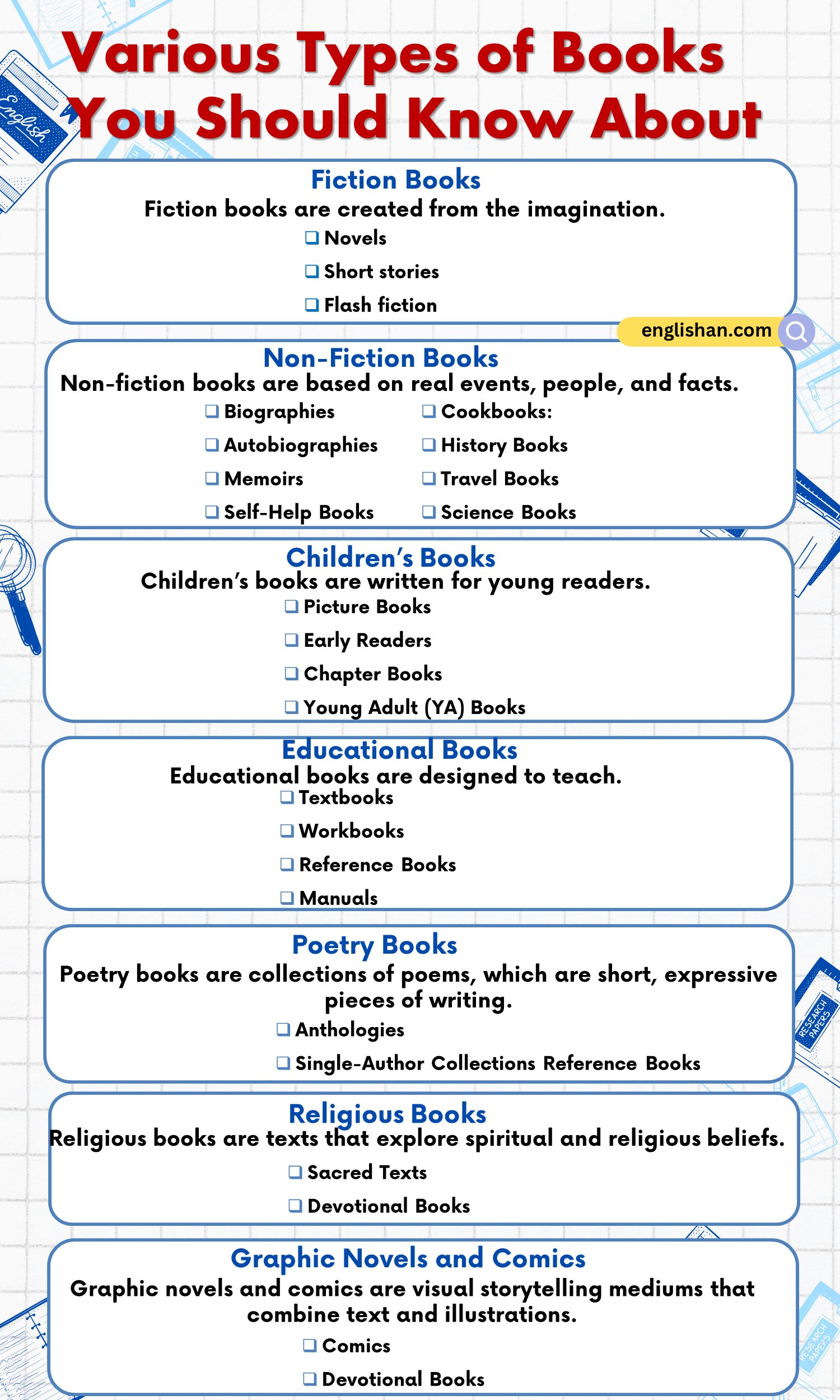
FAQs
Here are different types of books:
1. Fiction – Made-up stories (e.g., novels).
2. Non-fiction – Real stories or information (e.g., biographies).
3. Comics – Books with pictures and stories.
4. Poetry – Books with poems.
5. Textbooks – Books for studying.
6. Cookbooks – Books with recipes.
7. Reference books – Books for looking up facts (e.g., dictionaries).
8. Journals – Books for writing personal notes.
These are some types of books!
Here are some top book genres:
1. Fiction – Made-up stories (e.g., mystery, fantasy).
2. Non-fiction – Real-life stories or facts (e.g., biographies).
3. Romance – Books about love.
4. Thriller – Exciting and suspenseful stories.
5. Fantasy – Books with magic or imaginary worlds.
6. Science Fiction – Books about space or the future.
7. Historical Fiction – Stories set in the past.
8. Horror – Scary books.
These are popular genres!
The Bible is considered the most read book in the world. It has been translated into many languages and read by millions of people across the globe.
The 100 books you might be referring to could be the “100 best books” lists, like the “100 Books to Read Before You Die” or similar collections. These lists often feature famous or highly regarded books across various genres, including classics, modern literature, and important works in history.
Some examples include:
1. “To Kill a Mockingbird” by Harper Lee
2. “1984” by George Orwell
3. “Pride and Prejudice” by Jane Austen
4. “The Great Gatsby” by F. Scott Fitzgerald
5. “Moby-Dick” by Herman Melville
These lists are usually compiled by critics, publishers, or readers to highlight the most influential or popular books.
A 100,000-word book is called a novel. It’s a typical length for many stories or books.
You May Also Like
